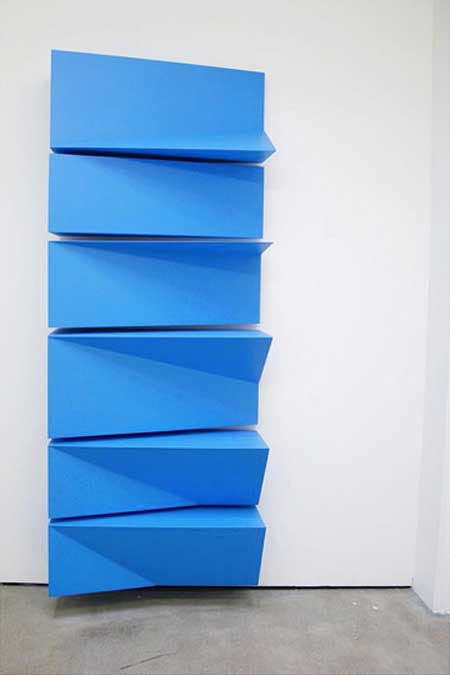
Santo Tolone, ‘Billy Shadows’ (2012)
By mh
|
Posted in Abstraction
|
Also tagged architecture, billy, blue, bookshelf, collection, design, Ikea, iltaly, immateriality, light, romance, Santo Tolone, sculpture, shadows, tower, wood
|
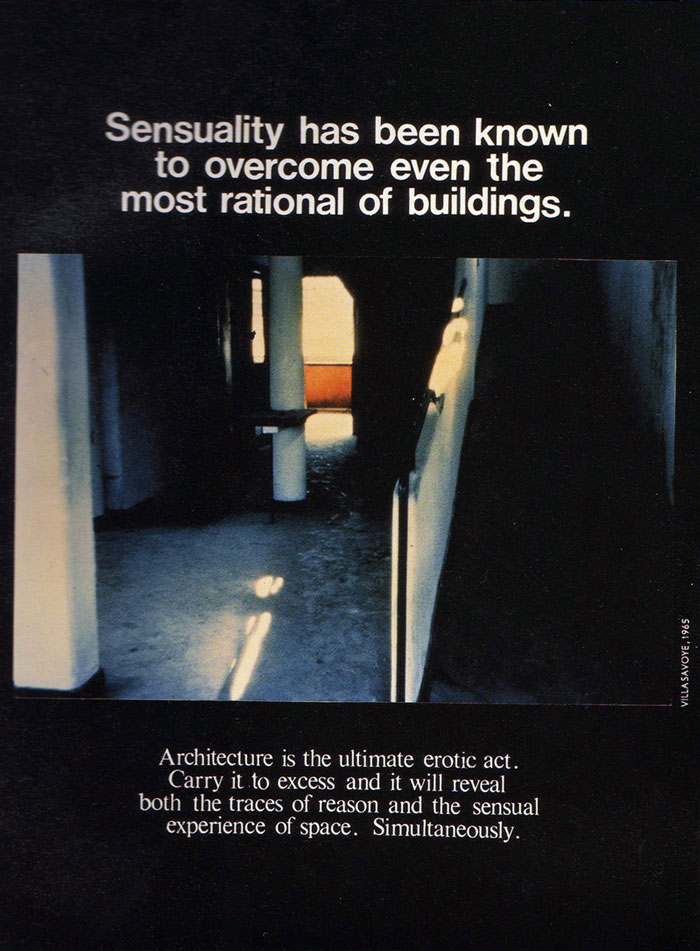
Bernard Tschumi, ‘Advertisements for Architecture’ (1976-1977)
Several early theoretical texts were illustrated with Advertisements for Architecture, a series of postcard-sized juxtapositions of words and images. Each was a manifesto of sorts, confronting the dissociation between the immediacy of spatial experience and the analytical definition of theoretical concepts. The function of the Advertisements —reproduced again and again, as opposed to the single architectural piece—was to trigger desire for something beyond the page itself.
By mh
|
Posted in Composition
|
Also tagged action, advertisements, America, architecture, Bernard Tschumi, black, collection, design, disable, DIY, erotic, france, fuckem, house, Le Corbusier, magazine, print, sensual, text, theoretical, theory, unknown, USA, villa savoye, white
|

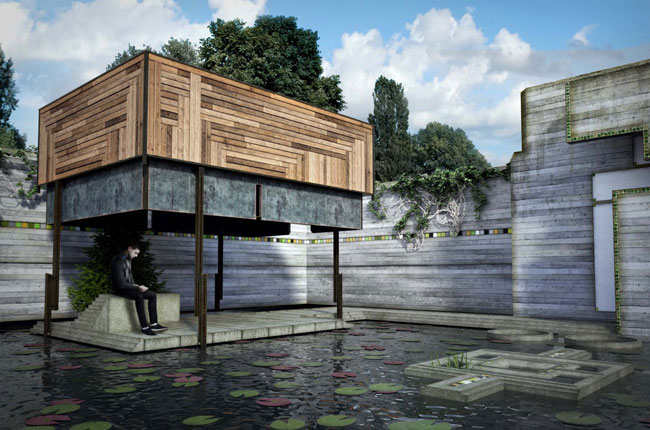
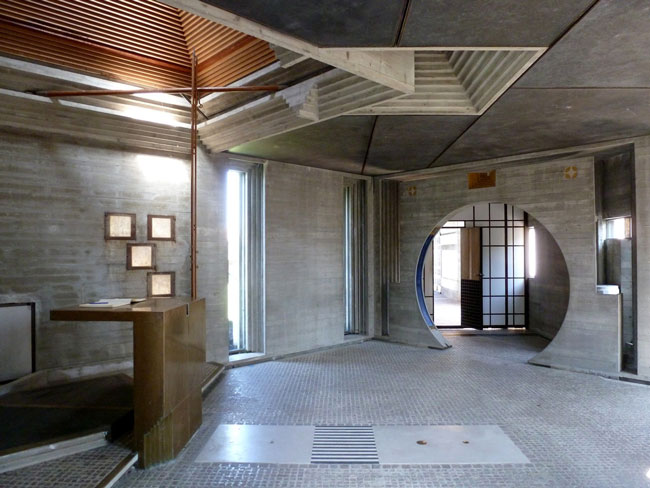
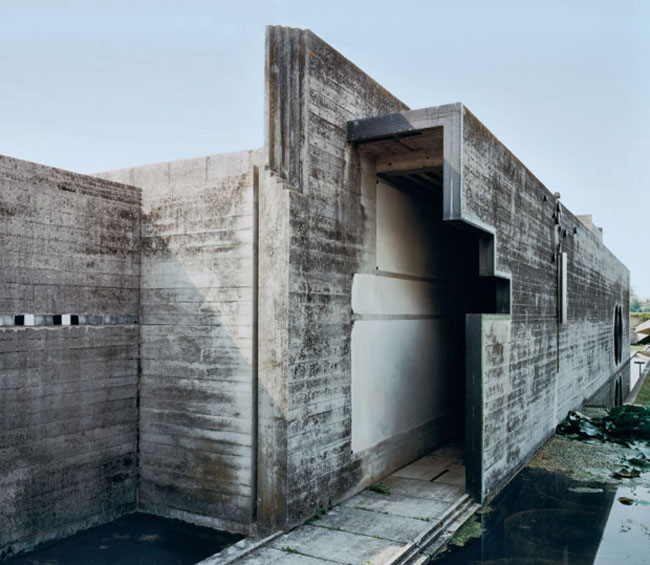
Brion Cemetary (1968-78), by Carlo Scarpa
By mh
|
Posted in Composition
|
Also tagged architecture, Carlo Scarpa, cemetery, concrete, design, italy, light, lines, materials, modernism, nature, pavilion, planes, public space, regionalism, romance, sculpture, solid, unknown, venice
|
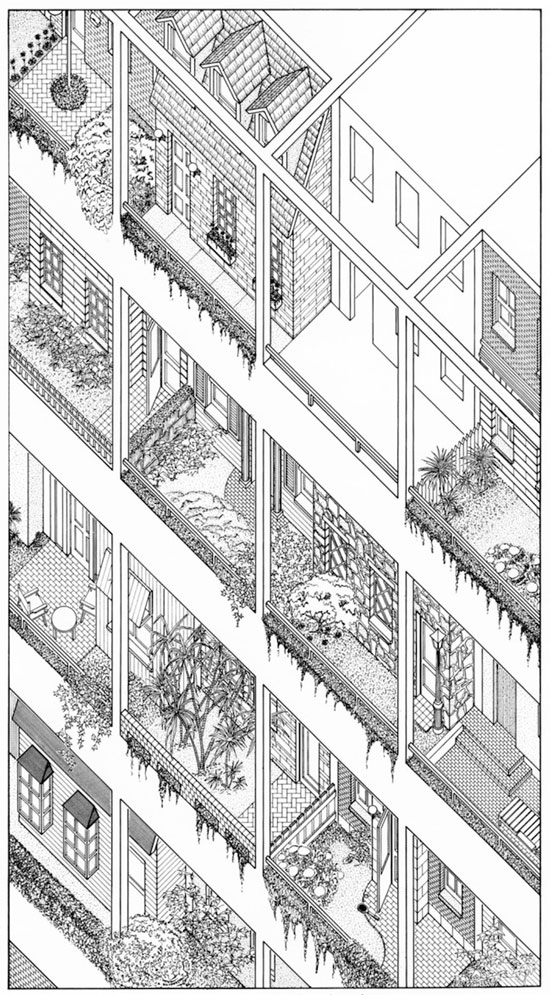
SITE, ‘High-rise of Homes, catalog of house units, major urban center’ (1981)
By mh
|
Posted in Composition
|
Also tagged America, architecture, balcony, black, design, drawing, green, house, inhabitants, james wines, line, living, nature, private space, public space, site, space, the wild, unknown, urbanism, USA, wall, white
|
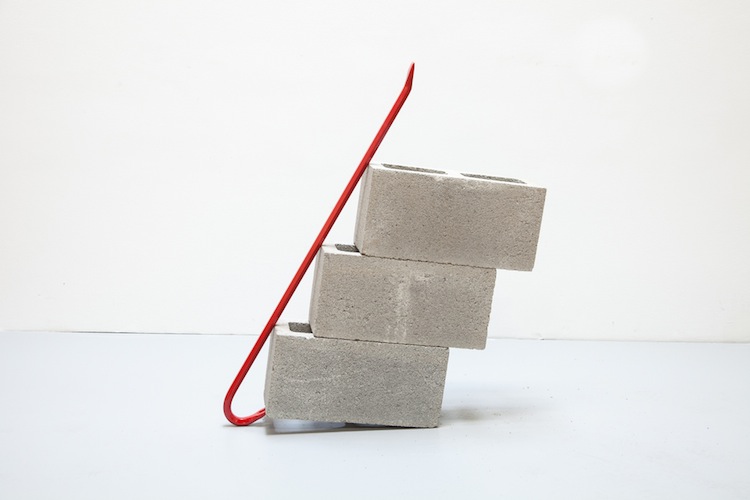
Dylan Lynch, ‘Standing alone with three cinder blocks (red)’ (2013)
By mh
|
Posted in Abstraction
|
Also tagged America, architecture, balance, blocks, cinder, collection, concrete, crowbar, DIY, Dylan Lynch, found, fuckem, fun, light, sculpture, stack, standing, together, unknown, USA, wall
|
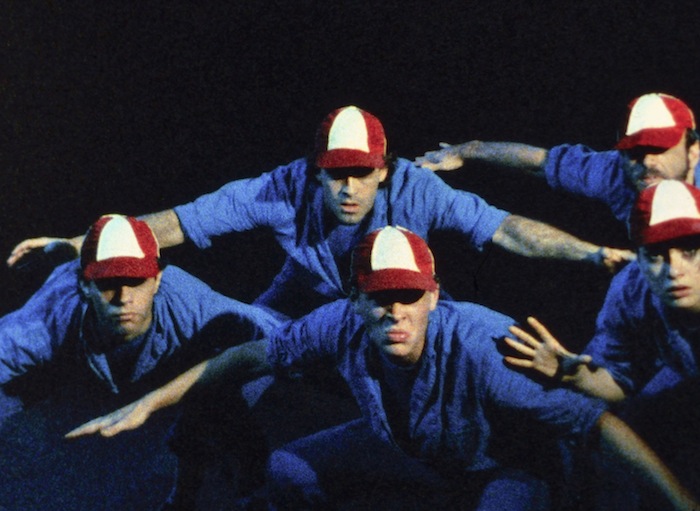
Ericka Beckman, ‘You the Better’ (excerpt) (1983)
By mh
|
Posted in Abstraction
|
Also tagged America, architecture, blocks, concrete, design, DIY, ericka beckman, fall, film, fuckem, fun, games, girls, guys, housing, kids, music, order, performance, planning, play, song, subdivide, unknown, urban, USA
|
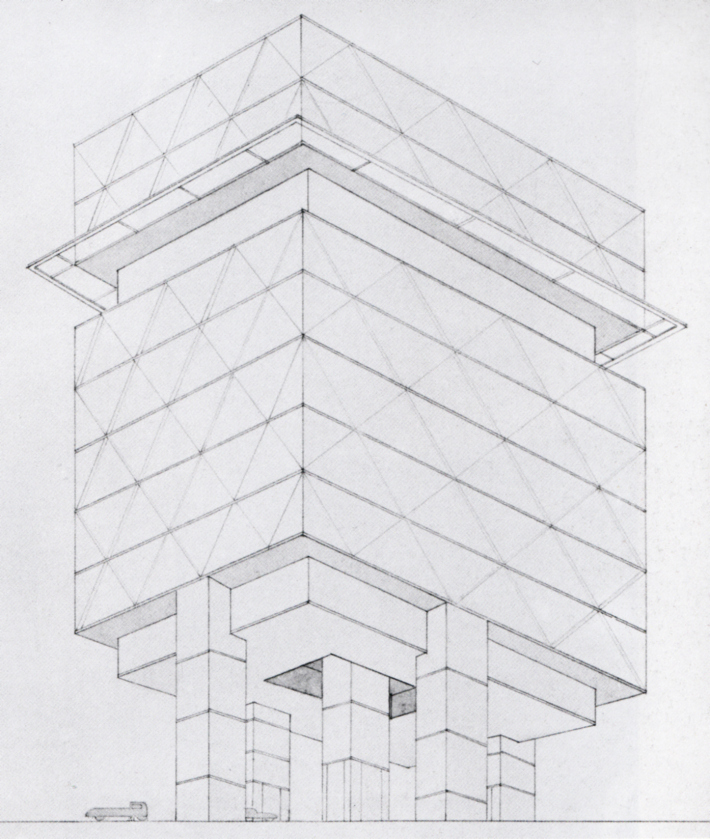
Frederick Kiesler, ‘Design for a Warehouse, elevated building – ground floor free for circulation’
By mh
|
Posted in Composition
|
Also tagged America, architecture, austria, avant-garde, concept, design, elevated, endless, floor, Frederick Kiesler, friedrich, installation, modernism, modernist, structure, theory, unknown, wall, warehouse
|
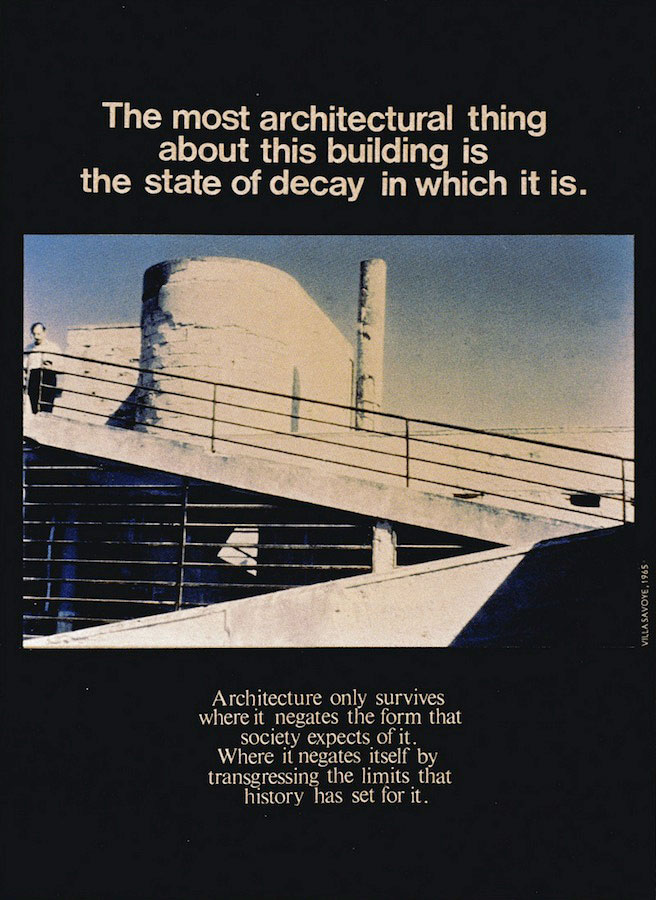
From ‘Advertisements for Architecture’ (1976-77) by Bernard Tschumi.
Tschumi illustrated several of his early theoretical texts with Advertisements for Architecture, a series of postcard-sized juxtapositions of words and images. Each was a manifesto of sorts, confronting the dissociation between the immediacy of spatial experience and the analytical definition of theoretical concepts.
By mh
|
Posted in Composition
|
Also tagged action, advertisement, american, architecture, Bernard Tschumi, black, collection, critique, decay, definition, design, desire, DIY, experience, fuckem, history, images, Le Corbusier, limits, manifesto, photograph, society, space, text, theory, unknown, villa savoye, words
|

Jan Dibbets, ‘Museum Sokkel met vier hoeken van 90°’ (‘Museum plinth with four corners at an angle of 90°’ (1969)
Dibbets dug out the four corners of the Stedelijk Museum to expose the building’s ‘plinth’.
By mh
|
Posted in Composition
|
Also tagged action, architecture, Art, digging, DIY, effort, fuckem, fun, institutional critique, Jan Dibbets, labour, museum, netherlands, pedestal, performance, plinth, position, presentation, public space, raise, sculpture, status, stedelijk, the wild, unknown, wall
|




